- Learning time
- 60 minutes
- First play time
- 120 minutes
Oranienburger Kanal
Designed by: Uwe Rosenberg
Oranienburger Kanal is one of designer Uwe Rosenberg‘s puzzle-style games, where points are relatively easy to come by, but outscoring everyone else requires a little more thought. The game’s setting is Brandenburg in the 19th century, with players the industrialists developing the region: building the canal, but also paths, roads, railways – and not least, buildings.
Both players are building their own version of Brandenburg: each of you have your own industry board which you’ll populate during the game. During each round the start player alternates: if you’re starting you get three turns, if you’re second, only two. Your turns are a matter of taking actions on the action board: there are only five to choose from, and if an action has already been taken then it can’t be taken again until the next round (five discs are allotted to show what’s available and what isn’t) at which point more buildings become available, and a sprinkling of cash is added to the actions: the player to go there first takes the cash.
So what are the actions?
They’re all about furthering the progress of your industry. All of your construction on the board demands resources, so some action spaces give you one or more of the five resources, which are all tracked on a wheel (see pics). Other actions allow you to spend resources in order to build: paths, roads, canals, rails, buildings. Paths and roads can spring up anywhere (and roads can be built over paths if you want) whereas your canal and rail networks must connect: so you always build outwards from where you begin. Rail, for instance, costs you iron. Roads need brick. Canals cost you cash, but generate clay – which you can turn into brick! – as you are of course digging your way across Brandenburg.
Buildings are the nub of the game, however. In each round more are added to choose from, and you can pay whatever cash and resources are needed to place a building on your board. Buildings all have rewards that will activate twice: once when the building is surrounded by the aforementioned paths, roads, rail or canals. And a second time when it has two bridges connected to it: bridges – another action – cost iron, and don’t do anything except trigger these activations, but they tend to be worth doing: very rewarding in cash/resources and/or points. The critical thing is each building has certain demands and will be more productive if you meet them: it might be being connected to a canal, being in the corner of the board, or having all types of routes adjacent to it. The buildings, and how productive you can make them, as well as how they combine with each other, really are the heart of the game. When the buildings run out, the game will end, and the player with the most points wins.
The guru's verdict
-
Take That!
Take That!
Low. The only interaction is the indirect claiming of actions and available buildings.
-
Fidget Factor!
Fidget Factor!
High on a first play, dropping to moderate. The options are numerous and most reward in some way. The limited number of actions, however, do a job of keeping the game moving.
-
Brain Burn!
Brain Burn!
Moderate to high. Which buildings do I want? Which buildings do they want? What can we afford? Should I build rail now, or later? Should I focus on cash or resources? The challenge is managing these micro-decisions in a way that helps shape a bigger plan.
-
Again Again!
Again Again!
It only ever plays two, and it'll always feel like a brow-furrowing puzzle. But there is huge depth of play here - buildings vary from game to game, and what they are impacts considerably on players decisions and experience.

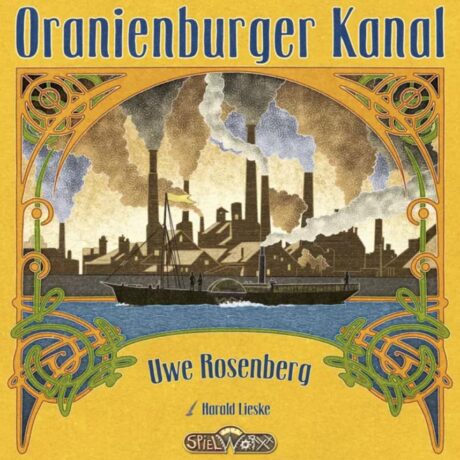
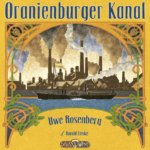


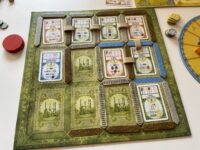
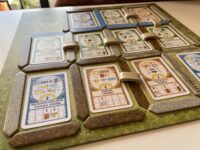


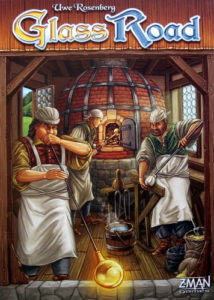
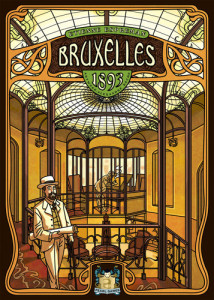
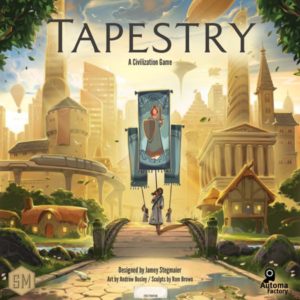
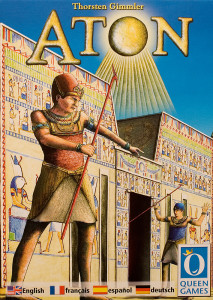
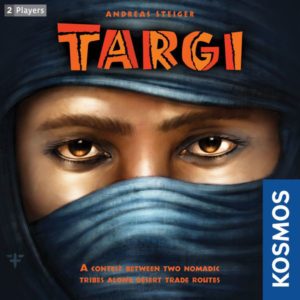
Sam says
There's something almost incoherent about Oranienberger Kanal: how you build bridges over perfectly functional paths and roads, how each construction is hugely picky about where, how, or why it is, how actions are parcelled out in threes and twos as if by a Scrooge-like deity, begrudgingly facilitating a giant industrial park in the knowledge that perhaps it's all a terrible mistake (see the smog on the box cover!). If you want theme, setting, story, the type of play that generates laughter, Oranienberger Kanal is not that game. But what it is is a hugely replayable puzzle, done and dusted in an hour or so (once you know it) where the richness of the experience is a kind of synapse-firing, revenue-generating, connection-making one, where from humble beginnings you build up to huge point-harvesting turns and explode dopamine in your brain like an 19th century out-of-control loom.